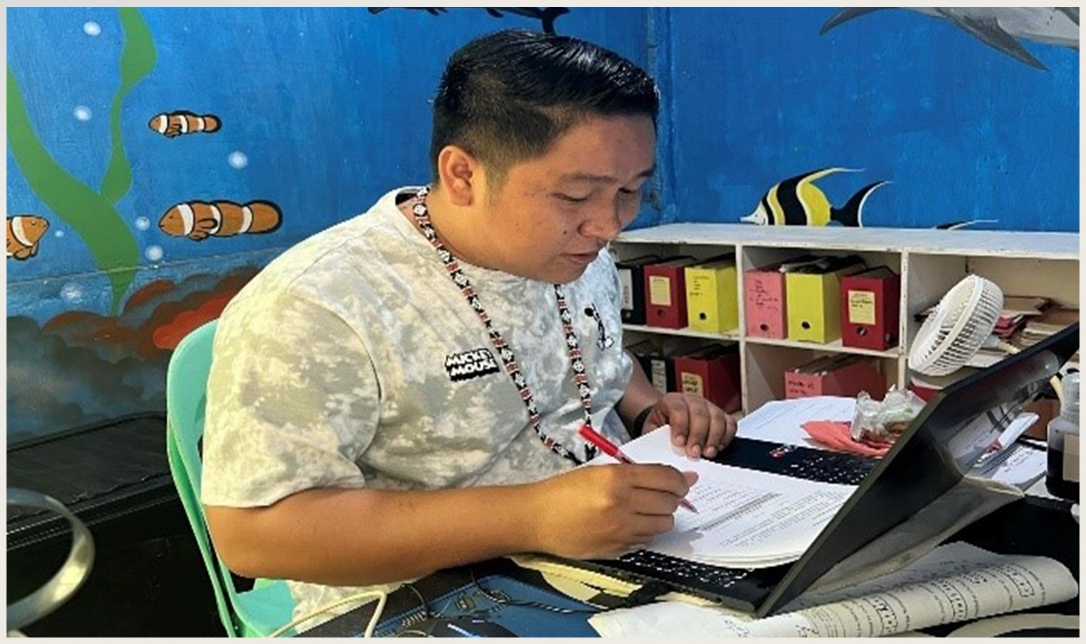Status of Technology Utilization in Science-Based Instruction in Selected Schools in Sarangani, Davao Occidental, Philippines
DOI:
https://doi.org/10.59120/drj.v16i1.299Keywords:
Collaboration, educational technology, remote learning, teachingAbstract
This study reported the status of technology utilization in Science-Based Instruction in the schools of Sarangani District, Davao Occidental. It was conducted during the academic school year of 2022-2023. Forty-eight elementary and junior high school teacher respondents from fifteen (15) schools were interviewed using validated survey questionnaires. The results showed that laptops, desktop computers, printers, USB flash drives, and speakers were commonly used technological tools. Moreover, the science teachers were moderately skilled in utilizing technology in science-based instruction. Regarding the level of technological implementation, the science teachers have slightly applied technology integration in science instruction. At the same time, they practiced technology integration in the implementation of science instruction, and the training programs were provided. To improve technology utilization on Sarangani Island, the DepEd has to allocate more educational technology capability-building training for teachers. Moreover, DepEd has to establish active partnerships with local and provincial government units to improve its facilities and resources, namely electricity and internet connectivity.
Downloads

Downloads
Published
Issue
Section
License
Copyright (c) 2025 Arra C. Arellano, Leonel P. Lumogdang

This work is licensed under a Creative Commons Attribution-NonCommercial 4.0 International License.
DRJ is an open-access journal and the article's license is CC-BY-NC. This license allows others to distribute, remix, tweak, and build on the author's work, as long as they give credit to the original work. Authors retain the copyright and grant the journal/publisher non-exclusive publishing rights with the work simultaneously licensed under a https://creativecommons.org/licenses/by-nc/4.0/.





